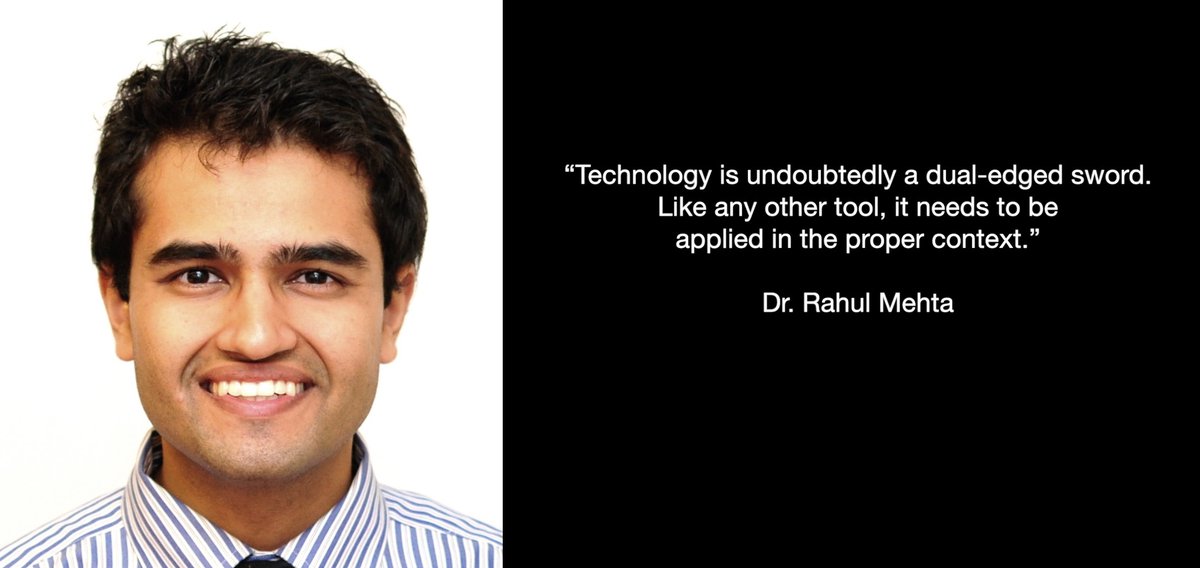Arthur C. Clarke once wrote that, “… any sufficiently advanced technology is indistinguishable from magic."
Walk through any modern hospital, and this fact is readily apparent. There are endless examples of magical technology: point-of-care ultrasound, dialysis machines, continuous blood glucose monitoring and rapid antigen testing. As physicians, we are trained in applying and interpreting these technologies for patient care. However, the details of how they work are almost impenetrable. The other day it took me 15 minutes to silence an infusion pump so that I could have a conversation with my patient.
Technology is undoubtedly a dual-edged sword. Like any other tool, it needs to be applied in the proper context. Technology is essential for delivering effective patient care, but its limitations are often too quickly glossed over. As the new Dr. Gadget, I hope to explore this duality in the complex trade-offs in the latest up-and-coming health care technologies.

I tinkered with computers throughout my teenage years. Having worked in IT tech support in high school, I was at the frontlines of a war between humans and machines. I must admit that my initial sympathies were with machines. However, a volunteer job in a long-term care centre changed my career trajectory. I started my journey toward becoming a physician, and I ended up choosing humans over machines.
A decade later, I hear the siren-sound of technology pulling me back. Although my coding skills have now atrophied, I occasionally consult with engineers to design better health care software. In the last few years, I have worked with a couple of engineering students designing auto-injectors, a digital otoscope, human stimulation devices, etc.
The world of health care technology is often full of hype and marketing slogans like Health 2.0, big data, 3D printing, Internet of things. Medical knowledge and research have been expanding exponentially. It’s almost impossible for a sole practitioner to keep up to date. Before evaluating any technology, I run my internal checklist. Central to that list are all of these critical questions:
- How does this technology help our patients?
- What is the patient and provider experience?
- What is the impact on the health care system?
- What are the trade-offs involved?
I’m looking forward to exploring consumer health technologies, health platforms and medical software in future columns.
Editor’s note:
The views, perspectives and opinions in this article are solely the author’s and do not necessarily represent those of the AMA.
Banner image credit: pixabay.com
